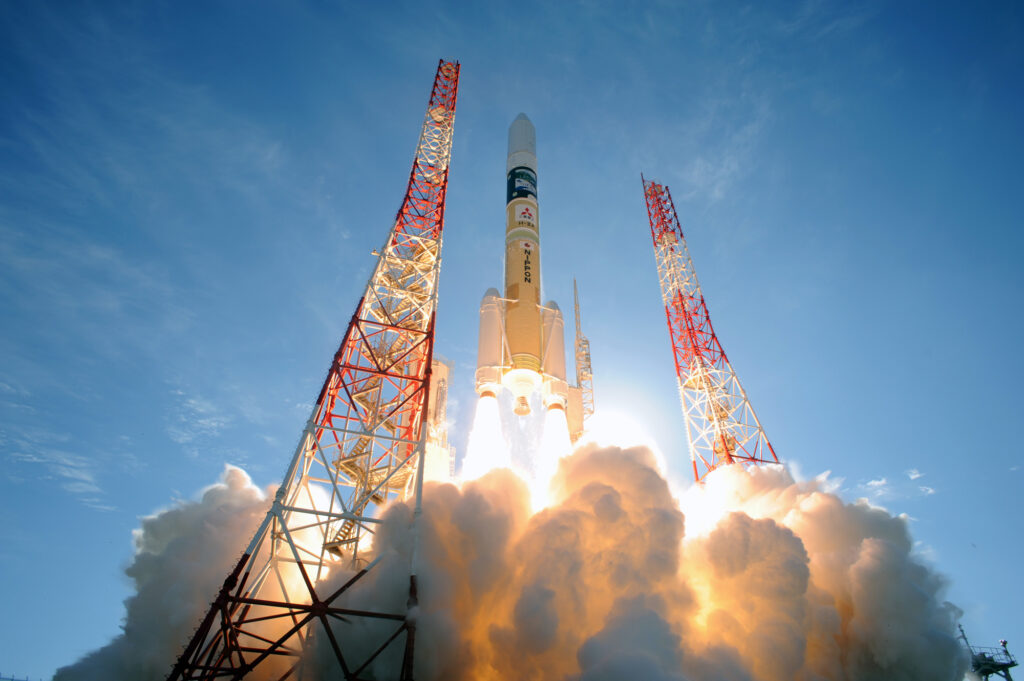On November 17, the fairing of the Japanese HII-A rocket was destroyed in near-Earth orbit. The event led to the formation of over 50 fragments of space debris that can be tracked using ground-based means. This is stated in a message published by the US Space Forces’s 18th Space Control Squadron.
#18SDS confirms breakup of H-2A DEB (#38345, 2012-025F) on Nov 17 @2335 UTC. Tracking 50+ associated pieces @ est. 620km altitude & incorporating them into routine conjunction assessment to support spaceflight safety. Analysis ongoing. @ussfspoc @US_SpaceCom @SpaceTrackOrg
— 18th Space Defense Squadron (@18thSDS) November 23, 2022
As a rule, rocket fairings do not gain the first cosmic velocity and immediately fall to the Earth. However, due to the design features, the HII-A is equipped with two sets of fairings at once. The upper one is reset when the rocket is still on a suborbital trajectory. The lower one is separated after the rocket puts the first satellite into orbit and is already moving at the first cosmic velocity. Therefore, it does not fall to Earth and becomes a fragment of the space debris population.
The collapsed fairing remained after the launch, which took place back in 2012. Then HII-A successfully launched four satellites into orbit. The fairing was in an orbit with a height of 620 km. According to the 18th Squadron, over 50 fragments were formed during its destruction.

This is not the first such case. So, this summer, the fairing of the HII-A rocket, which was launched in 2018, collapsed in orbit. A similar case occurred in 2020. This indicates that the destruction of the fairings is not due to external factors, such as collisions with other fragments of space debris, but because of their design features.
It is worth noting that just four days before the destruction of the HII-A fairing, another incident occurred in space, which led to the formation of a large amount of debris. On November 12, the upper stage of the new Chinese rocket Long March-6A exploded in orbit. This happened just a few hours after it put an experimental satellite into orbit. The explosion led to the formation of about fifty fragments. What caused it remains a mystery.
#18SDS confirmed breakup assoc w/ CZ-6A R/B (#54236, 2022-151B) – likely occurred Nov 12 @~0525 UTC. Tracking 50+ associated pieces @ est. 500-700km altitude & incorporating into routine conjunction assessment to support spaceflight safety. @ussfspoc @US_SpaceCom @SpaceTrackOrg
— 18th Space Defense Squadron (@18thSDS) November 13, 2022
You can also read about how the Chinese Coast Guard took away the wreckage of the rocket from the Filipinos.
Follow us on Twitter to get the most interesting space news in time
https://twitter.com/ust_magazine

